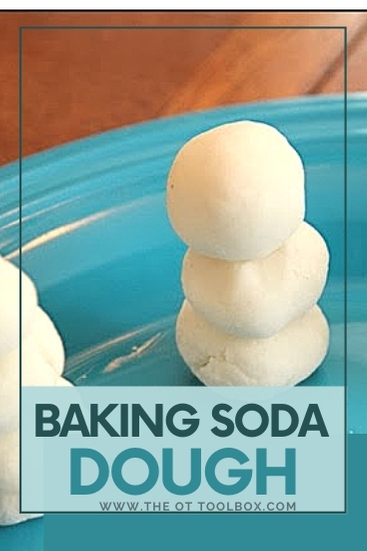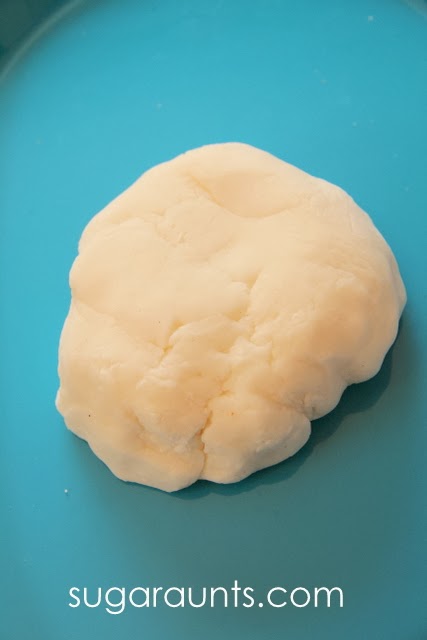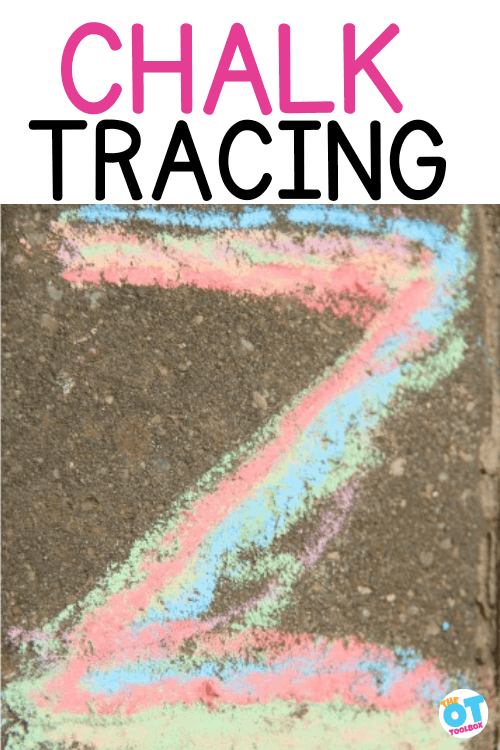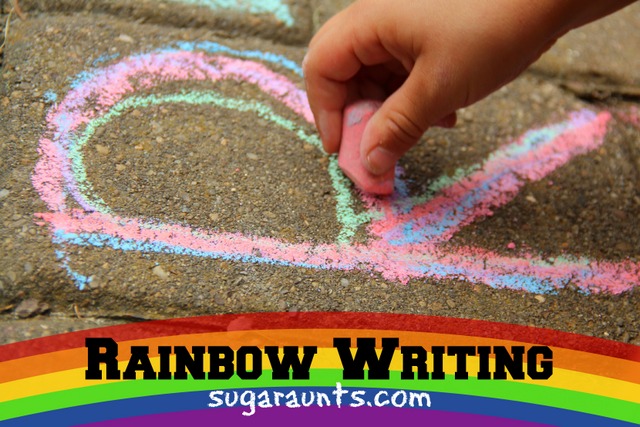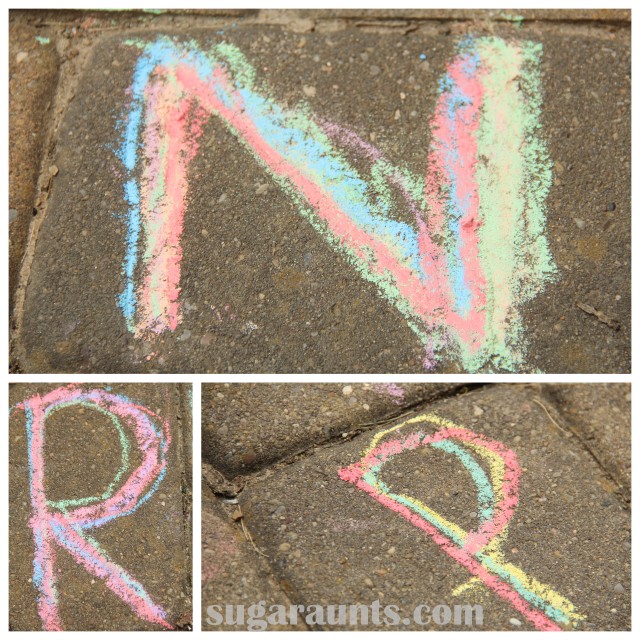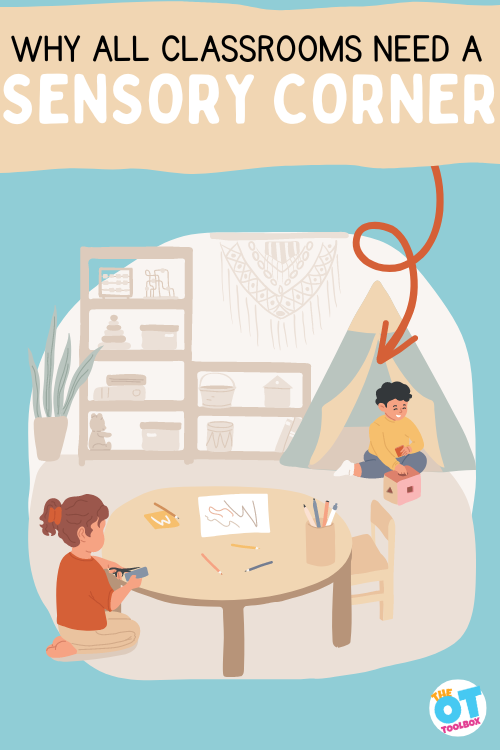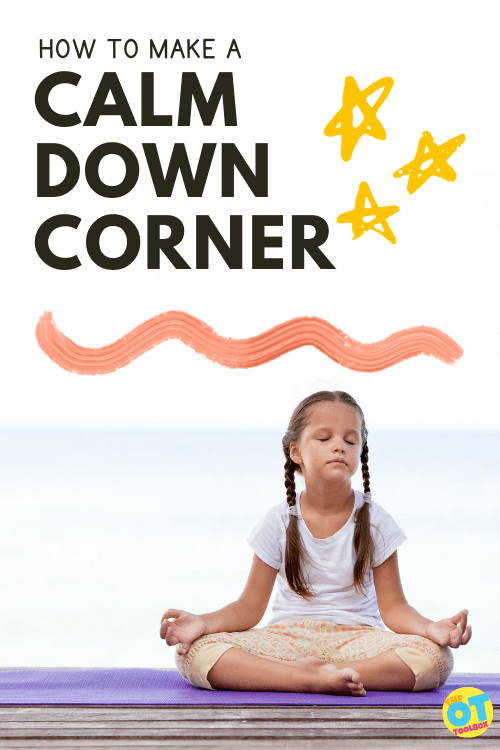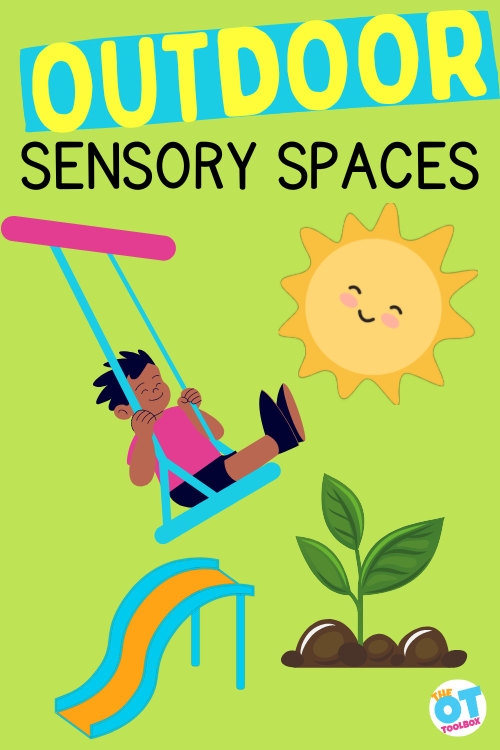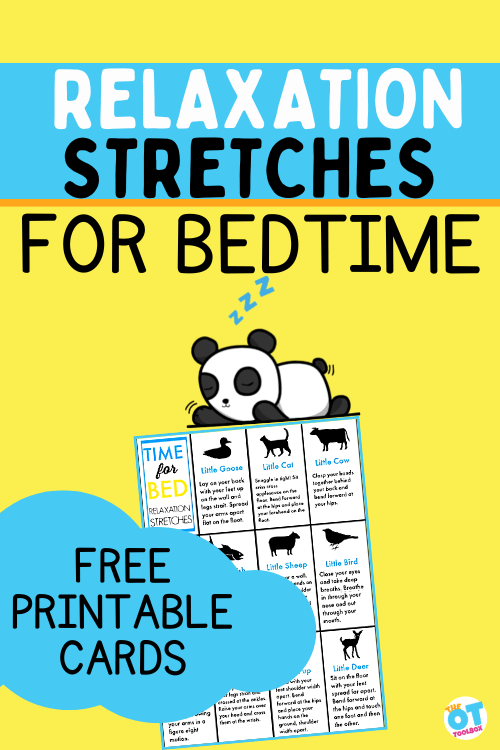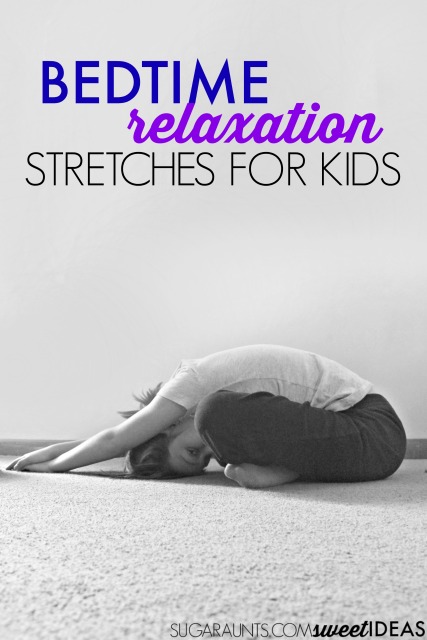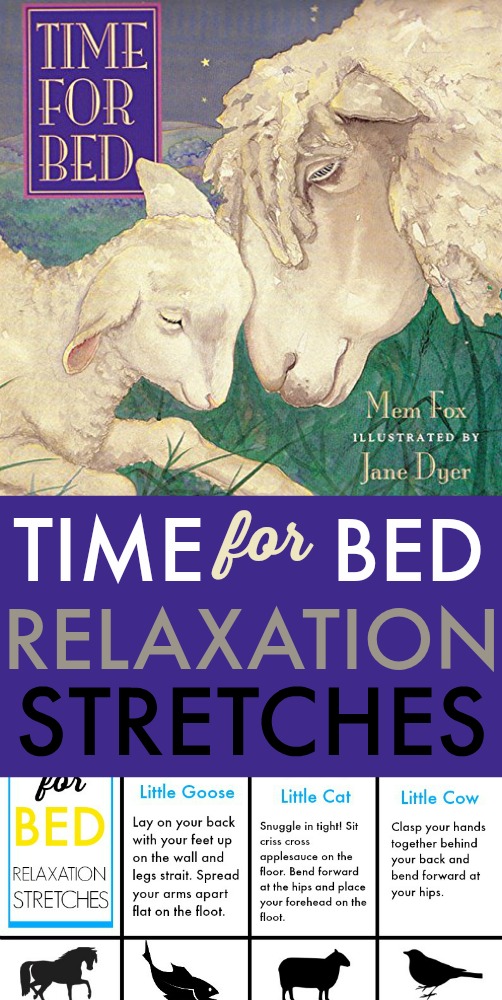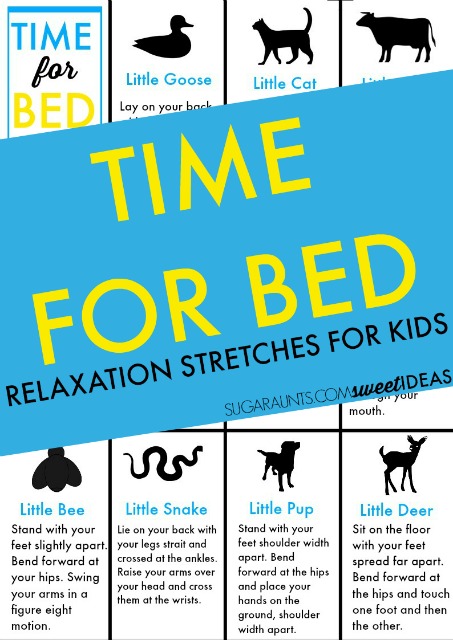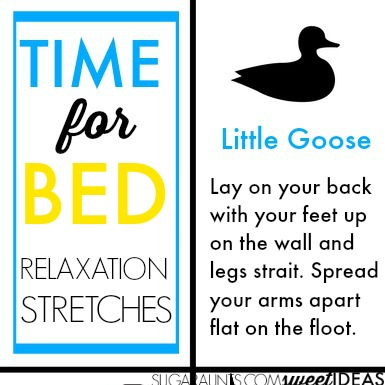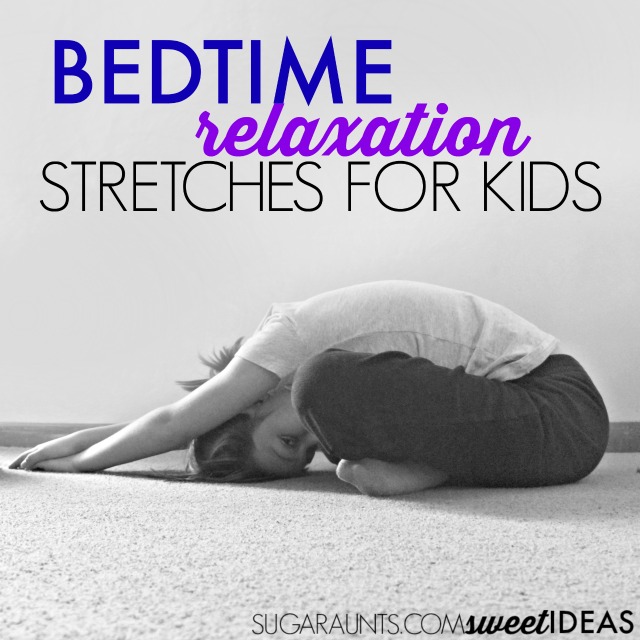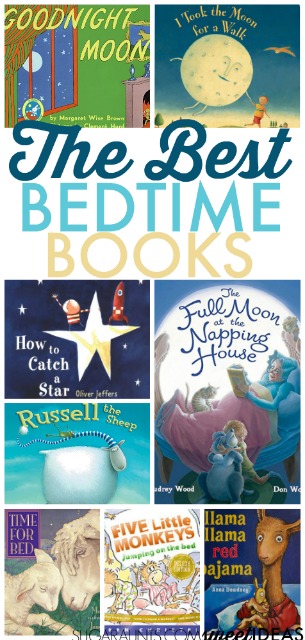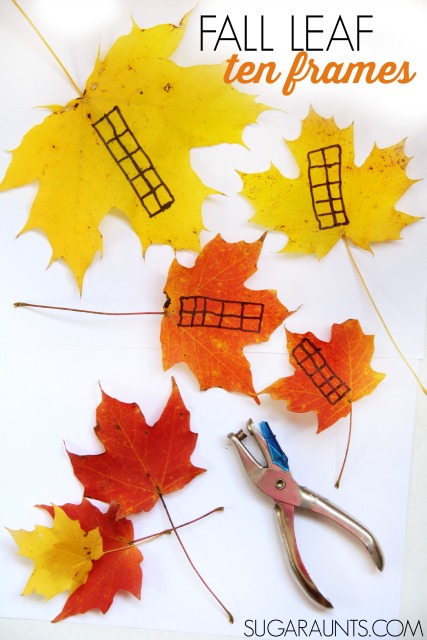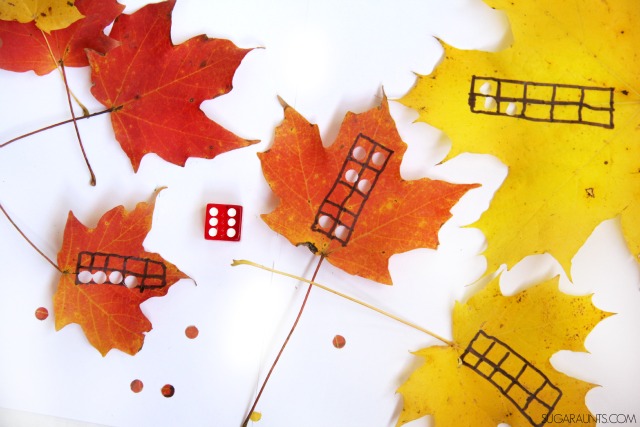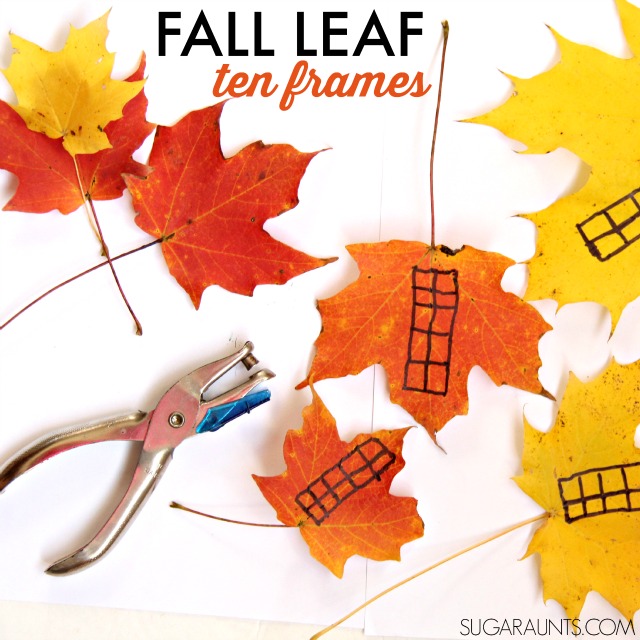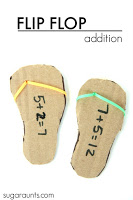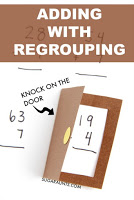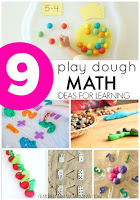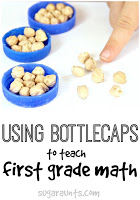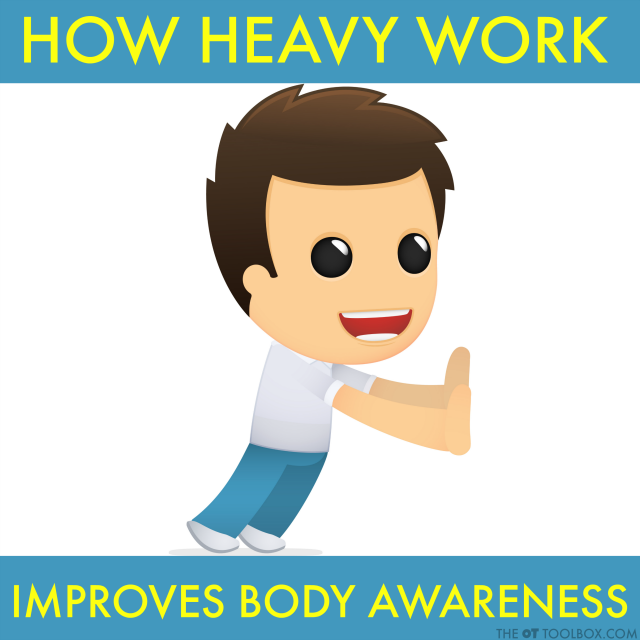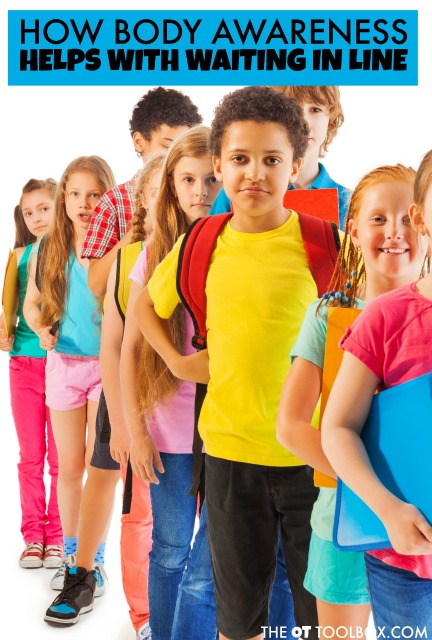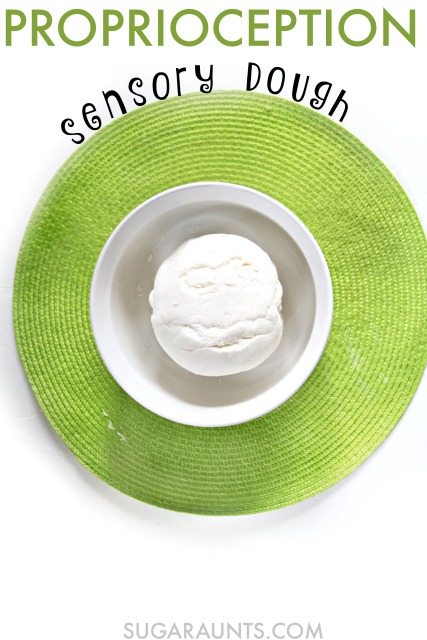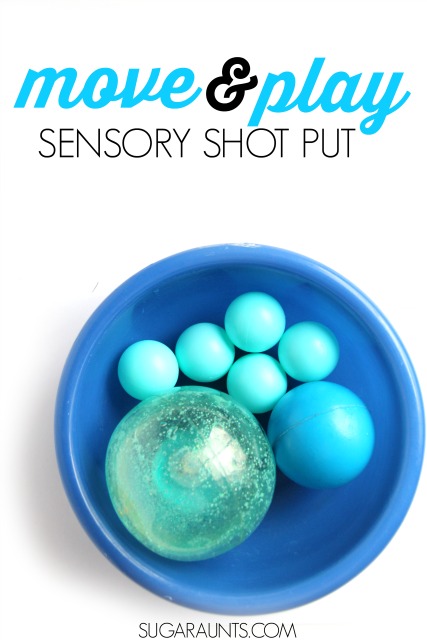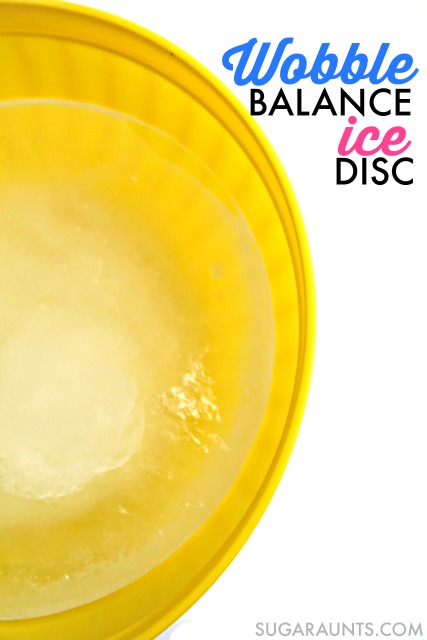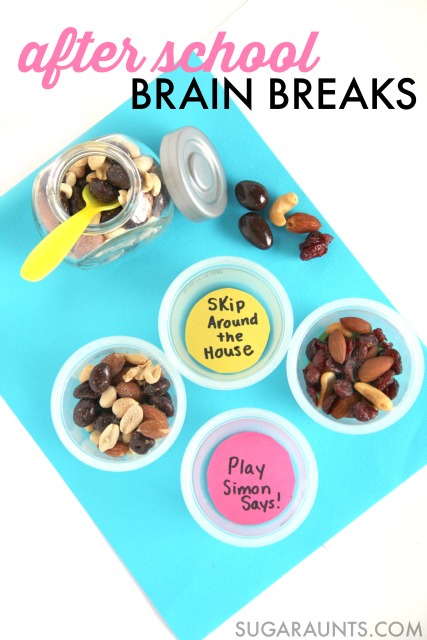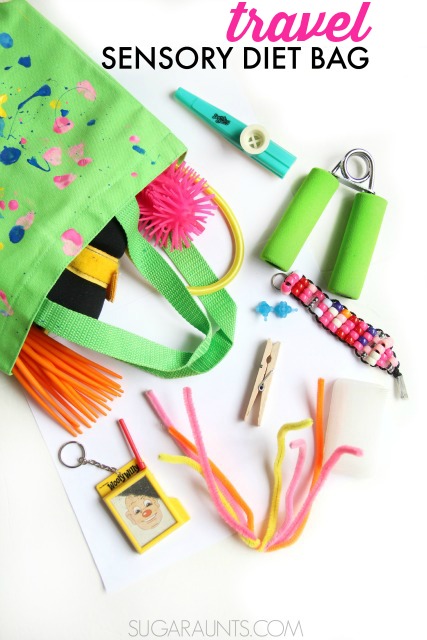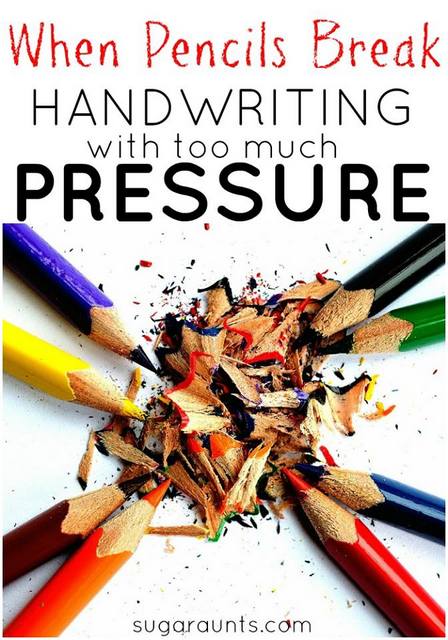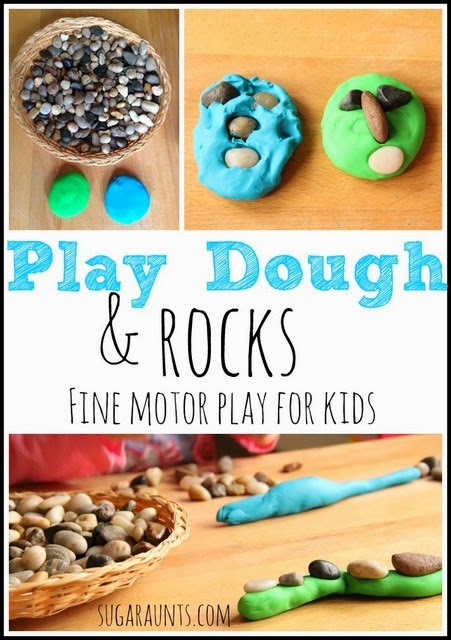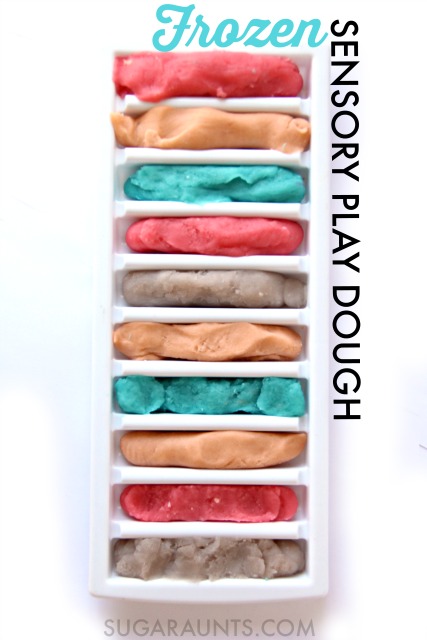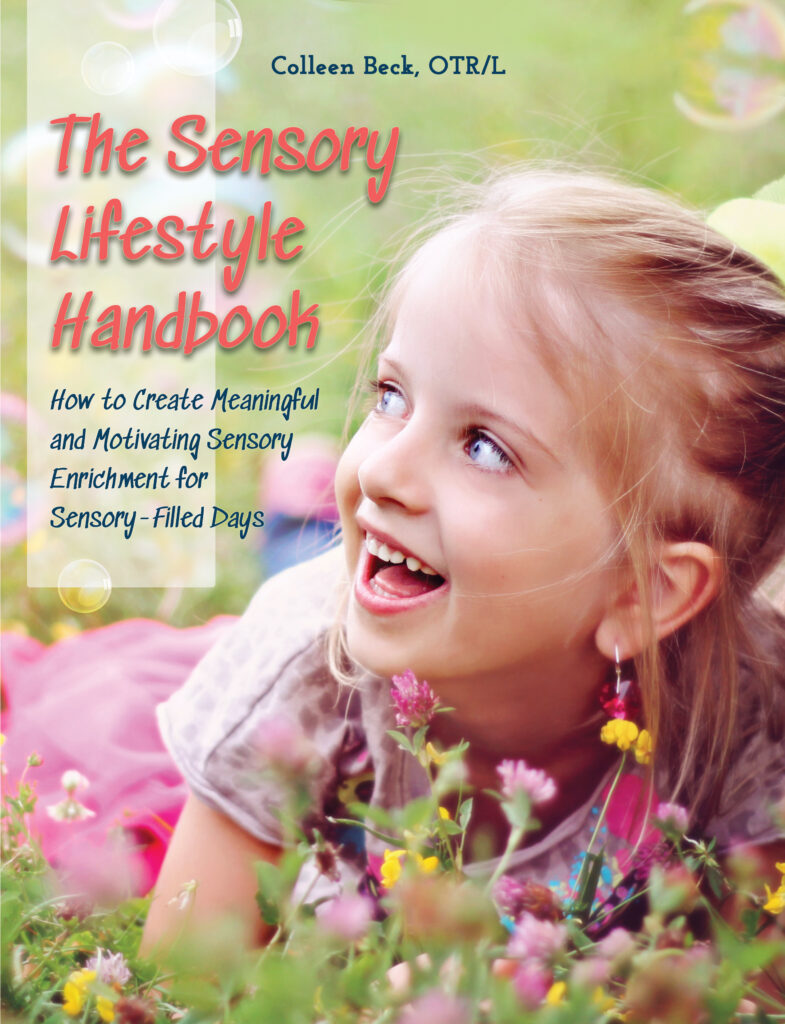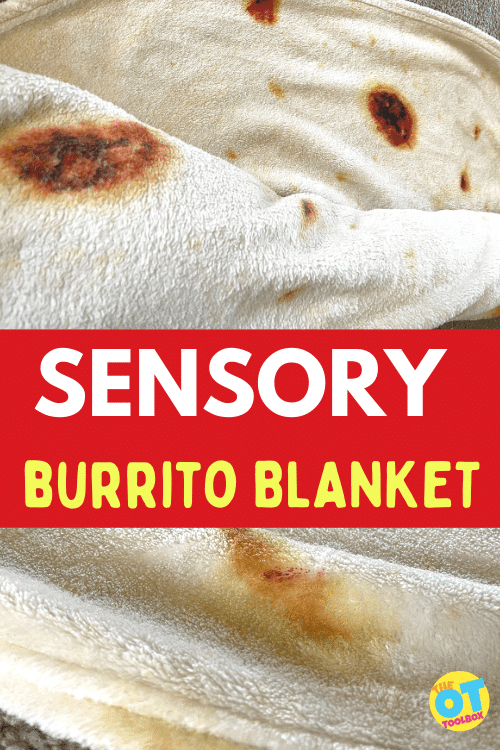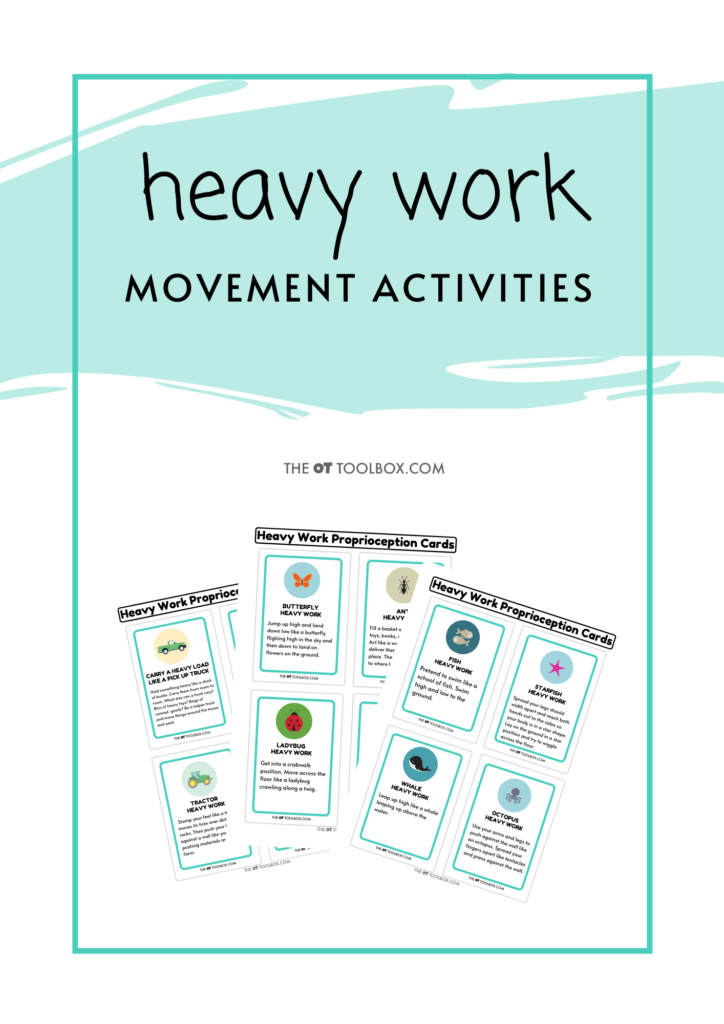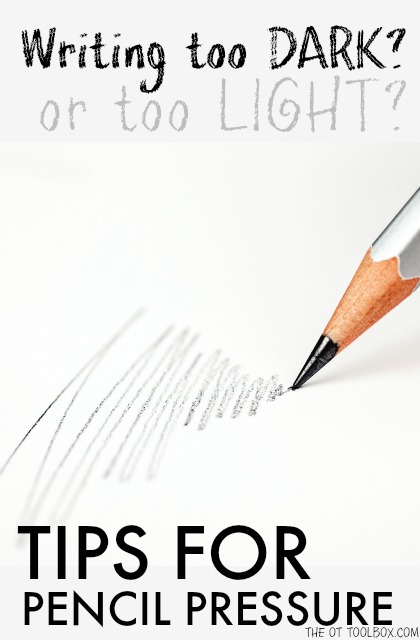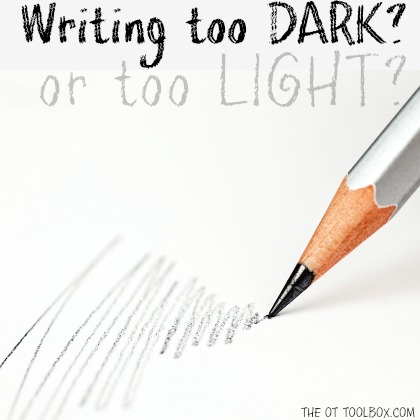If you are looking for the best gross motor toys to challenge coordination, balance, motor planning through whole-body movement and heavy work play, then you are in luck with these occupational therapy toys. Each one is designed to develop gross motor skills: strength, coordination, balance, posture, and more.
PLUS, head to the bottom of this blog post for Day 2 of our therapy toy giveaway. We’re giving away a gross motor kit with agility cones, tossing loops, bean bags, and hula hoops, perfect for gross motor, balance, coordination, and even heavy sensory play through whole body movements.
We started off the fun with yesterday’s fine motor toy ideas. Today is all about the gross motor play.
First, let’s talk Gross Motor Toys!
You’ll also want to check out our blog post on Gross Motor Activities for Preschoolers because many of the gross motor toy ideas listed in this post would be great for the preschool years (and beyond!).
Amazon affiliate links are included in this blog post. As an Amazon Influencer, I earn from qualifying purchases.
Gross Motor Toys
Kids need gross motor movement for so many skills. Today, I have gross motor toys to share! Here, you’ll find the best whole body toys and ideas to help kids with balance, core strength, stability, coordination, and endurance.
These gross motor games and toys support a variety of skill areas and functional tasks. Gross motor toys can be used to strengthen balance, coordination, motor planning, position changes, and other areas.
And, when you see kids struggling to kick a ball, walk in a line at school, jump, skip, ride a bike…that’s where therapeutic play comes in!
Scroll on to check out some therapist-approved toys that help gross motor skill development!
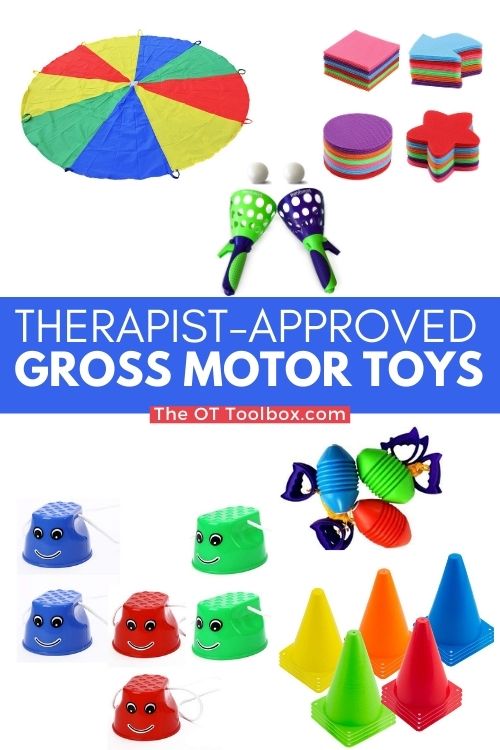
Gross Motor Toy Ideas
This list of toys for gross motor skills pairs well with our recent list of Fine Motor Toys. Today however, you’ll find toys that develop a few areas that are essential to areas of child development:
Bilateral Coordination– Kids need bilateral coordination in whole body movements to move their body in a coordinated way. These whole body movements can include coordination of the upper and lower body, or both arms, or both feet, and all of the above! Here are bilateral coordination toys to address this specific area.
Motor Planning– Motor planning with the whole body allows children to move in a room without crashing into objects or other people. Gross motor motor planning allows children to climb steps, navigate obstacles, or any movement-based task. Here is more information on motor planning and motor planning toys to address this specific sub-area.
Gross motor coordination– Coordination of gross motor skills is needed for tasks such as kicking or catching a ball, riding a bike, getting dressed, or any task that uses the entire body. Here are hand eye coordination toys to address this particular sub-area.
Proprioception– Integration of proprioceptive input allows children to know where their body is in space. It tells the body how much effort is needed to pick up and move objects. Proprioception allows us to understand the body’s position as it moves in a coordinated manner.
Vestibular input- Integration of vestibular input allows children to navigate the world around them as they move. Going up or down steps or bleachers is an example of this. Moving into different positions during tasks is another example of vestibular integration. Movement through different planes requires integration of vestibular input.
All of these areas work together in functional tasks and all are rooted in gross motor skills.
Related: This dinosaur gross motor game is a skill builder, as well.
Toys for Gross Motor Skill Development
So often, therapists and teachers purchase items to use in their work using their own money. This giveaway offers a chance for you to win an item that will be useful in helping kids thrive.
And, given that kids are on screens more than ever before with all of the virtual learning and hybrid learning models being incorporated all over the world, therapists are seeing more need for active, physical play.
These are gross motor toys that you will find in therapy clinics. There is a reason why…because they are gross motor powerhouses! So, if you are looking for toy recommendations that build whole body motor skills, this is it!
Amazon affiliate links are included below. You can read more about these items by checking out the links.
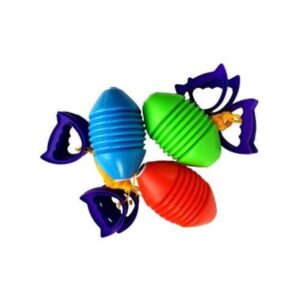
Zoom Ball– This classic toy is such a great way to work on many skills. A zoom ball can be used in different positions to challenge balance and vestibular input. Try using the zoom ball games in sitting, standing, kneeling, standing on couch cushions, a slant…again, the options are limitless! Address skills such as:
- Bilateral coordination
- Core strength
- Shoulder stability
- Visual convergence
- Motor planning
- Coordination
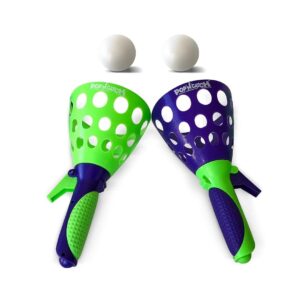
Pop and Catch- Use this coordination toy indoors or outdoors to get kids moving. This toy can be played with while the child is standing, sitting, kneeling, or in a half-sit to challenge the core and eye-hand coordination in a variety of planes. Try playing on all fours on the floor for a shoulder girdle stability activity. Another use for this toy is by playing by standing at a table while the child shoots the ball across the table surface as they play like a ping-pong type of game. There are many uses for this pop and catch activity:
- Eye-hand coordination
- Motor planning
- Vestibular input
- Core strength
- Stability of core
- Stability of shoulder girdle
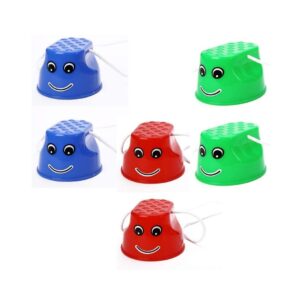
Bucket Stilts– These bucket stilts are perfect for helping kids develop gross motor skills. I love this set because there are 6 colored buckets that make a great gross motor obstacle course tool, too. You could use them as stepping stones to challenge balance and coordination, too. Here are gross motor skills that you can work on using these bucket stilts toys:
- Core strength
- Vestibular input
- Motor planning
- Coordination
- Balance
- Endurance
- Stabilizing
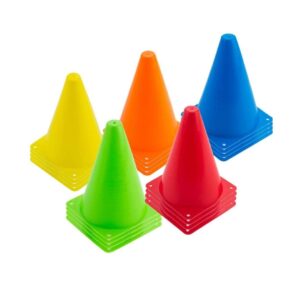
Agility Cones– Sports cones are such an open-ended gross motor toy that can be used to develop so many skills: hopping, jumping, skipping, running, climbing, crawling…the options are endless. Use these agility cones in therapy obstacle courses, challenges, drills, and more. I chose these particular cones because they can go very nicely with a Zones of Regulation activity! Use cones to support these areas:
- Motor planning
- Vestibular input
- Coordination
- Core strength
- Endurance
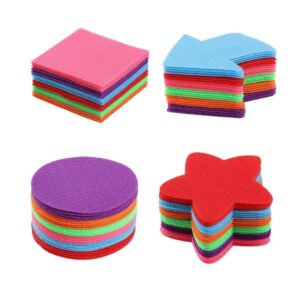
Carpet Markers– These carpet markers are an occupational therapist’s dream toy! Use the colored marker spots to help kids work on so many movement skills in obstacle courses, visual perceptual skill activities, direction following, sensory movement breaks, positioning guides, and so much more. The arrows are perfect for addressing directionality. Use them to work on crawling, hopping, jumping, stopping on a point. Just some of the areas that these carpet spots support:
- Core strength
- Shoulder stability
- Motor planning
- Coordination
- Endurance
- Proprioception
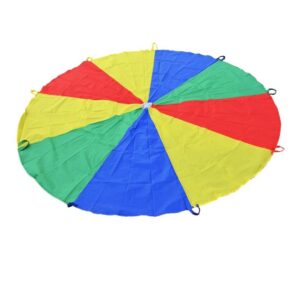
Parachute– A parachute is another open-ended gross motor toy that the kids just LOVE. This one is small enough for small groups, but builds motor skills in a big way. Use the parachute to help kids develop:
- Core stability
- Arm strength
- Motor planning
- Endurance
- Bilateral coordination
- Proprioceptive input
Toys for Core Strength
Toys that develop core strength get kids moving in a variety of positions. These toys support and challenge the vestibular and proprioceptive systems so they can be calming activities as well. Strength and stability in the core is needed for almost all functional tasks. Challenge kids with these core strengthening toys by getting them moving, on the floor in floor play or strengthening the core muscles through movement and balance coordination. Some ideas for developing and strengthening core strength include:
- Pop Tubes
- Balance Beams
- Outdoor Dome Climber
- Musical Jump and Toss
- Teeter Totter Popper
- Domed Balance Balls
- Foam Pogo Jumper
- Aqua Magic Doodle Mat
Toys for balance
Toys that challenge movement changes, stepping from high to low and low to high, and movement with vestibular input offer opportunities to challenge and develop balance and coordination skills.
- Step-a-Trail
- Balancing Stilts
- Moluk Bilibo Blue
- Balance Bike
- 6 Foot Folding Balance Beam
- Figure 8 Balance Beam
- Balance Stepping Stones
Gross Motor Coordination Toys
Encourage movement, whole body play, and gross motor coordination with throwing, tossing, and hand-eye coordination or foot-eye coordination skills with these gross motor coordination ideas:
- Toss and Catch Paddles and Ball
- Hopscotch Rings
- Ring Toss Game
- Bean Bag Toss Games
- Kids Bowling Set
- Egg and Spoon Race Game
- Pindaloo Ball Game
Obstacle Course Toys
All of the gross motor toys listed above could be used in obstacle courses…and what a great way to encourage so many skills! These are perfect additions to your obstacle course ideas, and challenge balance, coordination, motor planning, and add sensory input. Use these obstacle course toys to vary movement and encourage the specific skills kids need:
- Obstacle Course Kit– bean bags, hula hoops, cones, balance stones, and jump ropes
- Ninja Obstacle Course– rope ladder, monkey bars, swinging rings, and slack line
- Rope Ladder– great for outdoors
- Scooter Board
- Triangle Climber
Want to add these toys to your home, classroom, or therapy practice? I am SO happy to fill your toolbox so you can help kids thrive and build and develop the skills they need!
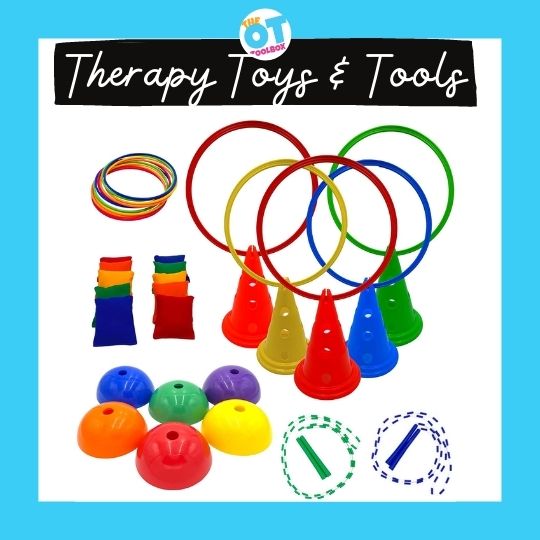
More therapy Toys
Check out the other therapy toy recommendations in the list below:
- Fine Motor Toys
- Gross Motor Toys
- Pencil Grasp Toys
- Toys for Reluctant Writers
- Toys for Spatial Awareness
- Toys for Visual Tracking
- Toys for Sensory Play
- Bilateral Coordination Toys
- Games for Executive Functioning Skills
- Toys and Tools to Improve Visual Perception
- Toys to Help with Scissors Skills
- Toys for Attention and Focus
PRINTABLE LIST OF TOYS FOR GROSS MOTOR
Want a printable copy of our therapist-recommended toys to support gross motor development?
As therapy professionals, we LOVE to recommend therapy toys that build skills! This toy list is done for you so you don’t need to recreate the wheel.
Your therapy caseload will love these GROSS MOTOR toy recommendations. (There’s space on this handout for you to write in your own toy suggestions, to meet the client’s individual needs, too!)
Enter your email address into the form below. The OT Toolbox Member’s Club Members can access this handout inside the dashboard, under Educational Handouts. Just be sure to log into your account, first!

Colleen Beck, OTR/L has been an occupational therapist since 2000, working in school-based, hand therapy, outpatient peds, EI, and SNF. Colleen created The OT Toolbox to inspire therapists, teachers, and parents with easy and fun tools to help children thrive. Read her story about going from an OT making $3/hour (after paying for kids’ childcare) to a full-time OT resource creator for millions of readers. Want to collaborate? Send an email to contact@theottoolbox.com.
Enter all the giveaways here:
- Fine Motor Toys– Giveaway begins 11-24
- Gross Motor Toys– Giveaway begins 11-25
- Toys for Sensory Play– Giveaway begins 11-26
- Games for Executive Functioning– Giveaway begins 11-27
- Visual Perception Toys– Giveaway begins 11-28
- Toys for Reluctant Writers– Giveaway begins 11-29
- Scissor Skills Toys– Giveaway begins 11-30
- Toys for Visual Tracking– Giveaway begins 12-1
- Bilateral Coordination Toys– Giveaway begins 12-2
- Toys for Attention and Focusing Skills– Giveaway begins 12-3
- Toys for Spatial Awareness– Giveaway begins 12-4
- Toys for Pencil Grasp– Giveaway begins 12-5
Check out the blog comments below to see tips and ideas from readers telling us which gross motor toys they would love to use with the kids they work with and love. Have other gross motor favorites that aren’t listed here? Tell us about them!


